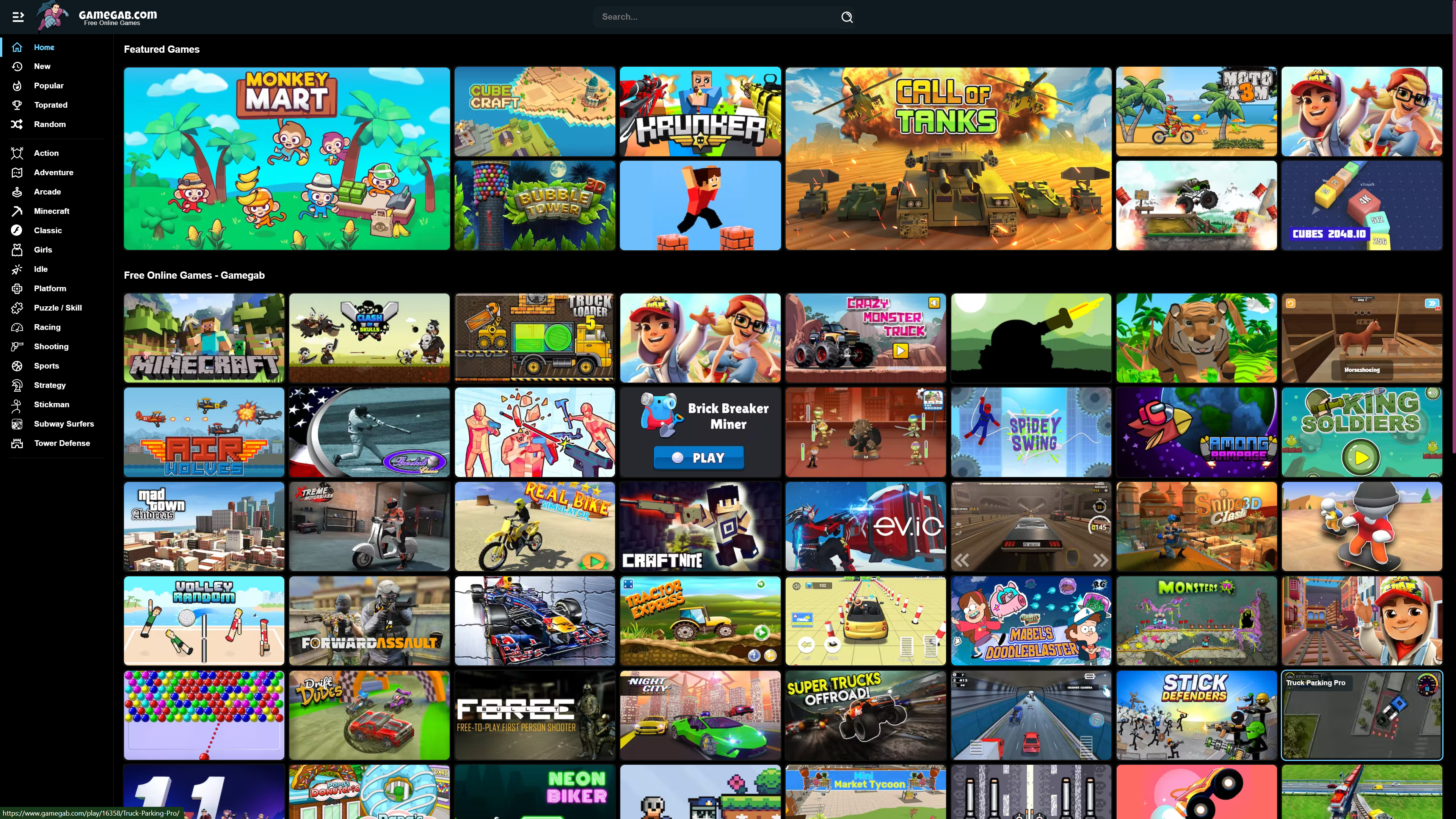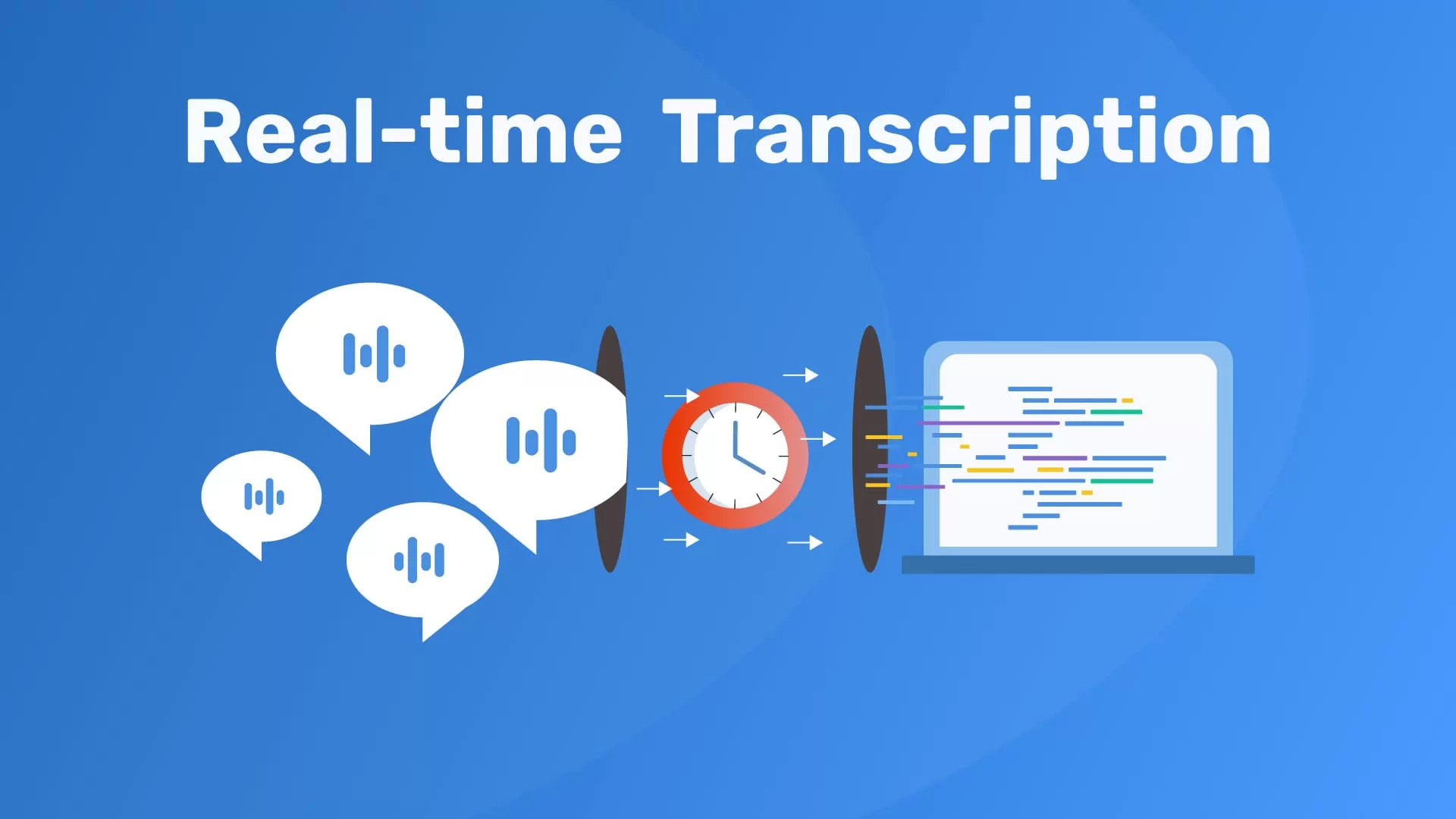Introduction to data networks – Computer Engineering
As PCs began to spread in business and multi-user software complexes appeared, connecting PCs to each other became a goal for most organizations due to the need to share information or data through some more secure and adequate method than soft diskettes.
Subsequently, this demand expanded not only between departments of the same organization but outside of it, faster and in greater volume each time. Thus, advanced distributed processing computing networks arose. Data communication, that is, the electronic transmission of information between computers, became essential for the computer industry.
Although the term “network” has many definitions, in the field of computing we must define it as a way of connecting computers so that they can communicate, exchange information and share resources. The rapid growth of the global computer network called the Internet (a global network at the head of the information superhighway) has accelerated the spread of data communication even more.
Technically, the Internet is a network that connects thousands of other networks and millions of computers; however, it represents much more. It is the current medium to access and share knowledge. It is also the foundation for the global user community of tomorrow.
Computers communicate in two ways: through modems and networks. Modems enable computers to use (landline) telephone lines, cellular connections (mobile telephony) or even satellite links to connect to other computers and thus exchange information, later we will explain how they do it, but it is worth mentioning that for For such communication to exist, it is essential that the computers involved have the same elements (modem, telephone line or network connection).
Network connections
Networks connect computers directly (direct connection) at high speeds, either through special cabling
- If the distance is short
- or through some form of wireless transmission if the distance between them is great (usually more than 20 meters). The process of connecting a computer to a network, either using a modem or through a direct connection, is known as “going online.”
A slightly more complex computer network may connect several computer terminals in distant buildings to the main (host) computer in a specialized data center. Another network may be the one used in an office to interconnect various desktop computing devices, laser printers, data storage devices, etc. More complex computer networks can, for example, interconnect the different large computers in the world’s major financial centers and provide traders with up-to-the-minute market information.
The basic principles of data transmission (bandwidth, serial and parallel transmission, direction of flow and modes of transmission, and protocols) apply equally to data that is communicated over computer networks. So circuit-switched networks or simple point-to-point lines can also be used for data communication.
However, data switching places greater demands on your core network than voice or analog signal service, requiring additional measures to encrypt data in preparation for transmission and to control data flow during transmission. To ensure that the information passed between computers is correct, complete and properly understood, special “protocols” are used in data communication.
Subject of protocols in detail.
On the other hand, digital transmission has been found to be ideal for sending binary data. Digital transmission is currently becoming the fundamental structure of private and public networks, however, despite the increasing availability and ideal convenience of digital transmission for data communication, unfortunately it is not always usable. In these cases, computer information with a digital structure must be converted to the appropriate form for transmission over an analog network. This conversion is carried out with equipment known as a “modulator/demodulator” (modem).
The modem transmits the data by imposing binary (digital) data on an audio carrier signal. The process is very similar to the one used in the FDM of voice channels, but the modem must convert and reconvert the digital signals that they receive from a data terminal equipment in analog signal appropriate for the transmission.
Another services
Every day there is more demand for telecommunication services between computers, and between these and terminals connected in places far from them, which opens up more the range of possibilities of the conjunction between communications and computing or informatics, a conjunction that is given the name of telematics.
Finally, we list some of the most common uses of a network:
- Networks allow users simultaneous access to common programs and information.
- Networks also allow users to share peripheral devices, such as printers and hard drives, and thus extend the life of many machines.
- Networks usually include the ability to send email, many email systems allow users to add files to their messages.
- Some networks also help communication by providing tools for the use of teleconferencing and video conferencing.
- Connecting computers to form a network makes it easier to back up data on all hard drives placed on the network.











